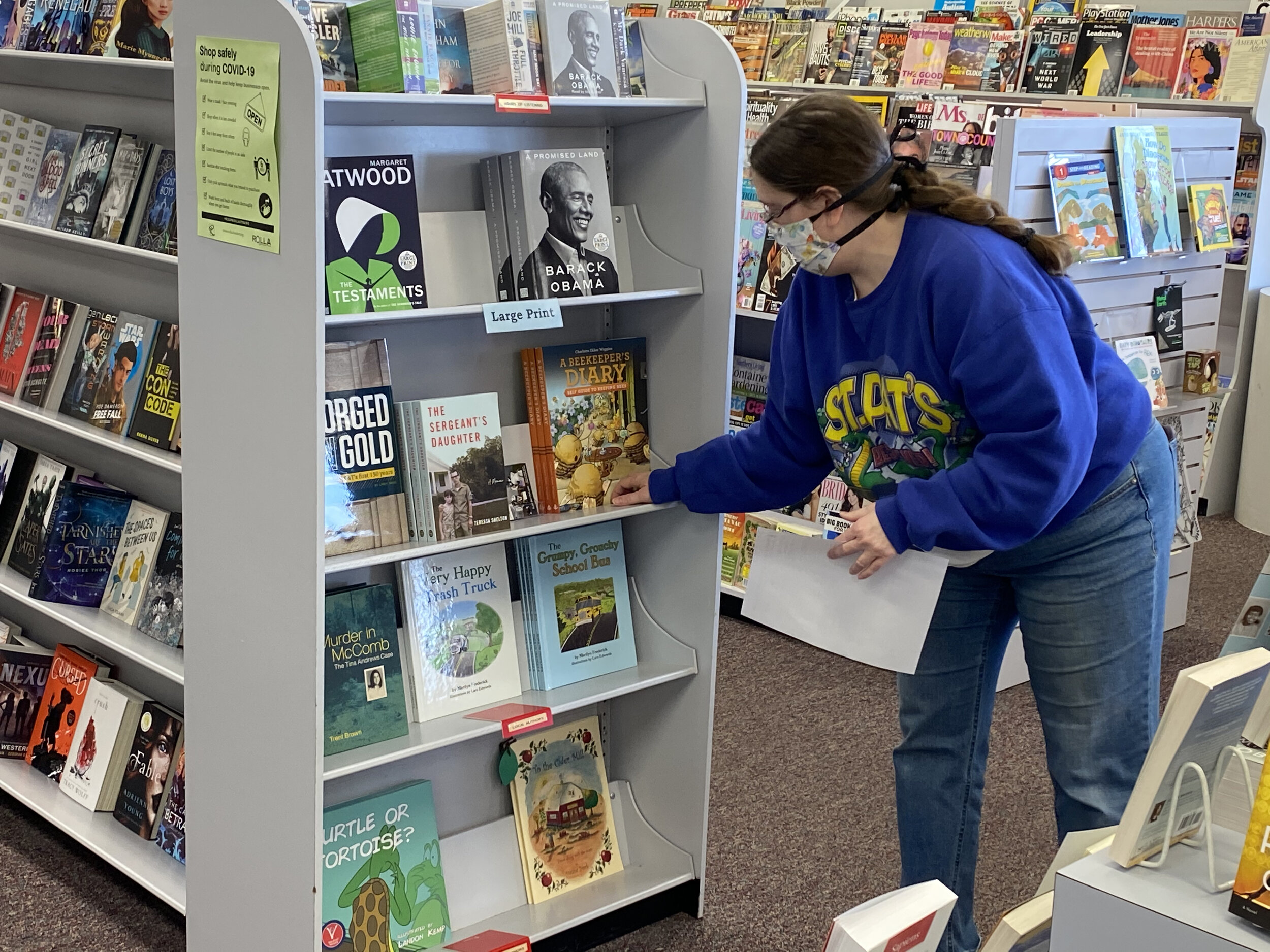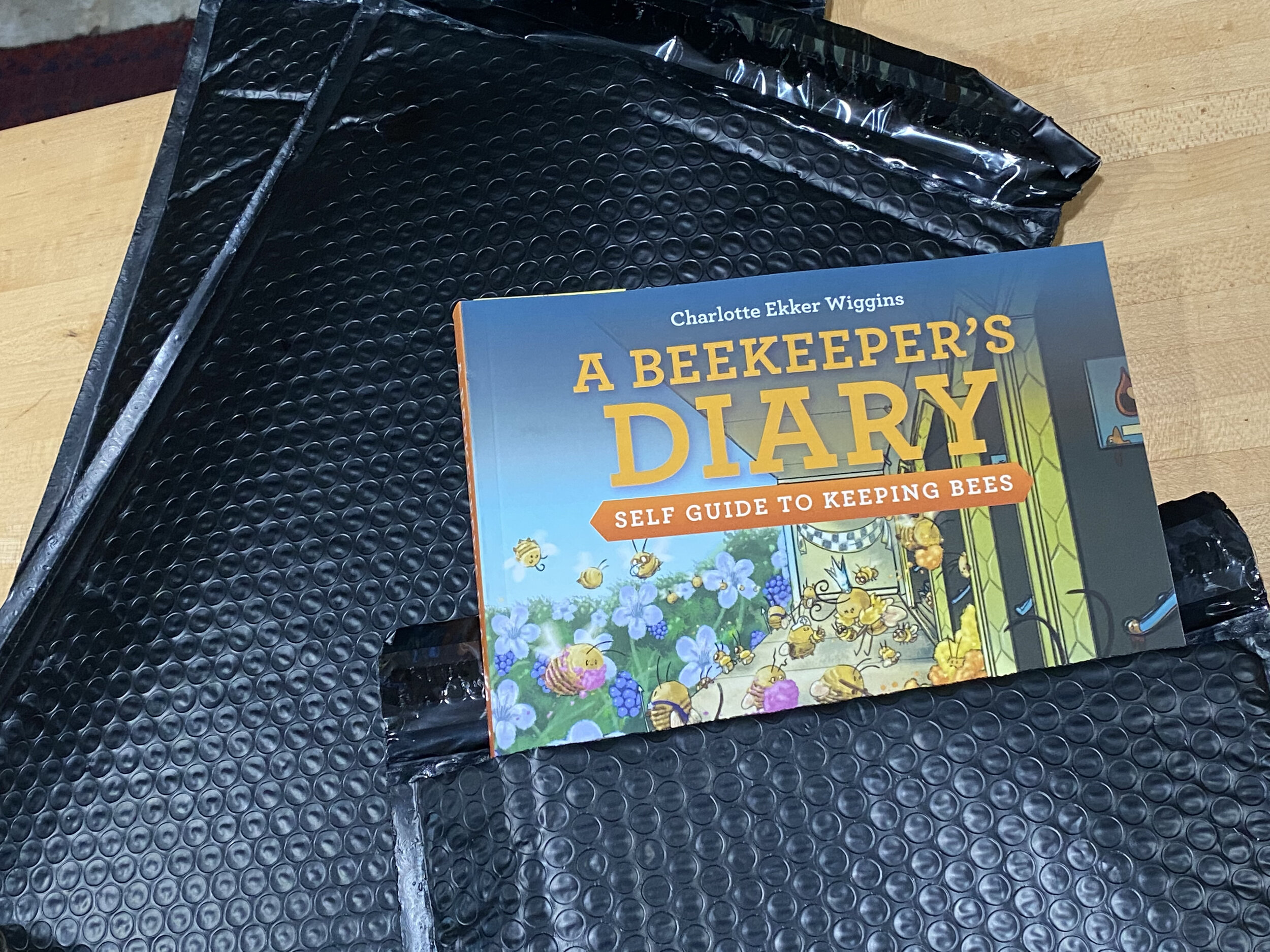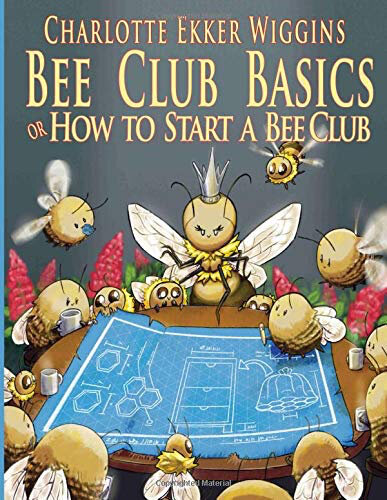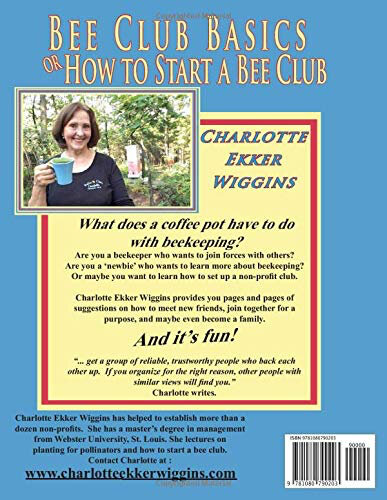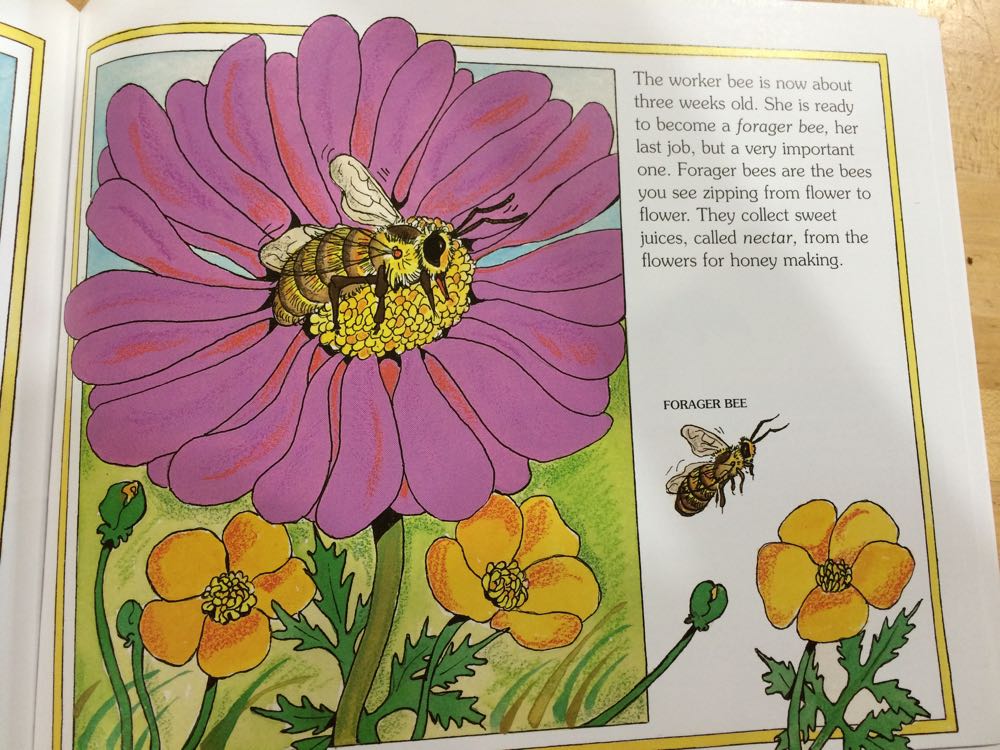Rolla Book Store Carries My Book
/Nice book placement at the end of the aisle, easily visible as customers come in. (Photo by Charlotte Ekker Wiggins
Rolla Book Store Carries My Book
Being a self-published author means one has to also market and sell the books, which means making them available to our local book stores.
Most book stores take time to review the product first, then decide whether it will be consigned to their inventory. Luckily “A Beekeeper’s Diary Self-Guide to Beekeeping” made the cut and the book is now for sale at our local book store Rolla Books and Toys.
It was a fun moment to watch the book store manager find a place for the beekeeping book among the other new books. The book case is deep and angled so the books safely stand and the readers can better see book covers.
And yes, my beekeeping books are considered “large print.” Most beginning beekeepers are over 40 years old and the larger print makes it easier to read.
About this same time, I found the answer to another challenge, how to safely ship the books. After a quick survey of padded materials, I settled on a wonderful padded envelope to ship the books.
Padded envelopes get my books safely to their final destination. (Photo by Charlotte Ekker Wiggins)
The padding ensures the book is not torn in shipping and the padded envelope color brings attention to the book.

